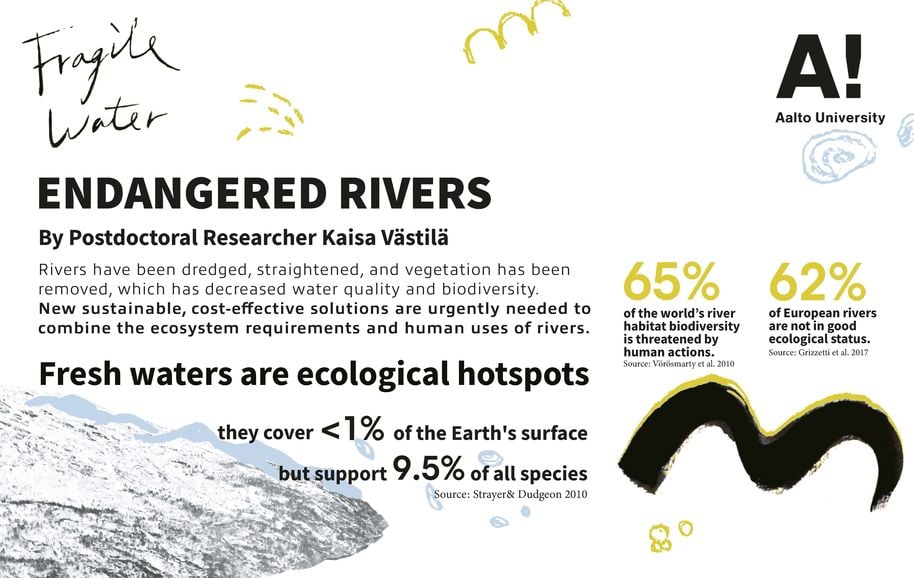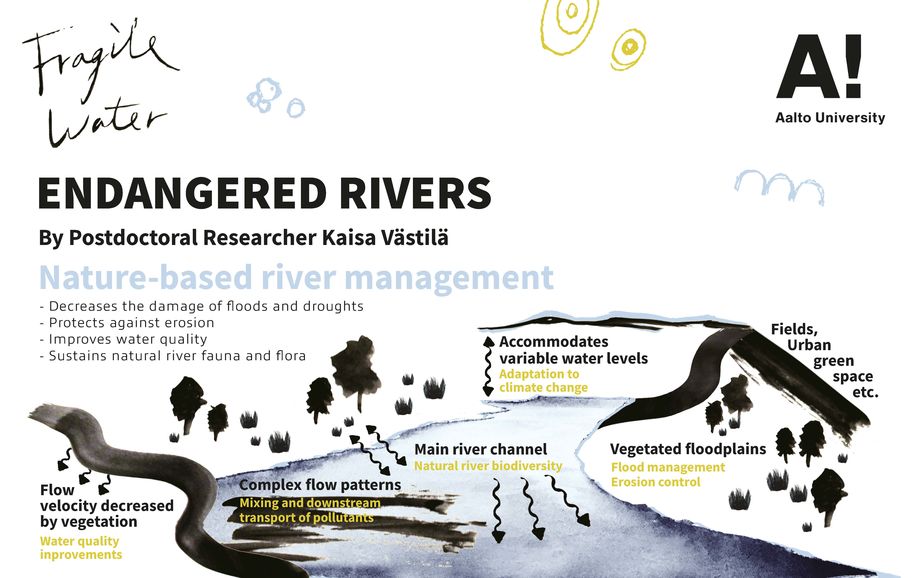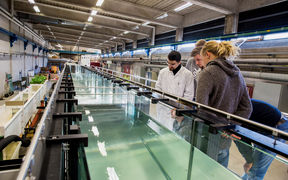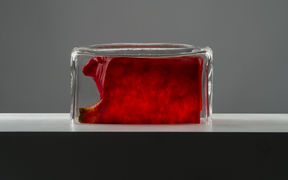How can we use rivers sustainably?

'Humans influence rivers, lakes, oceans and other natural water bodies. One good example of this is how we’ve heavily modified rivers and floodplains—for hundreds of years—to support important activities like agriculture, water supply, navigation, energy production and human settlements.
Around the world, rivers and streams have been dredged into homogeneous conduits by straightening, embanking, as well as removing vegetation and other elements. These conventional management practices have, unfortunately, led to extensive losses in riverine biodiversity and ecosystem services. The resulting loads of sediment and nutrients decrease water quality, leading to algal blooms in the lakes and seas into which rivers flow.
We need new sustainable, cost-effective solutions to combine ecosystem requirements and human uses of rivers.
Nature-based solutions (NBS) are river management alternatives inspired and continuously supported by nature. They are designed to address the human requirements for rivers in an adaptable, resource-efficient and environmentally-friendly manner. NBS utilise vegetation and different depth and flow conditions in the channel design, essentially making use of the key features and functions of natural river ecosystems.
One promising solution is the two-stage channel design: a confined floodplain on the side of the main channel as an alternative to conventional dredging, which is harmful to the environment. Two-stage channels function from low to medium and high flows. In this way, they can enhance resilience against floods and droughts induced by climate change.
Vegetated floodplains like those in two-stage channels protect against erosion, reduce sediment transport and ultimately improve water quality. Biodiversity also gets a boost; conditions are good in vegetated floodplains and the flow conditions in the main channel suit natural river fauna and flora. '
Postdoctoral Researcher Kaisa Västilä
Aalto University's design students and water researchers joined forces to visualise sustainable water solutions in the Fragile Water exhibition, showcased at Helsinki Airport in 2019.

Water and Environmental Engineering
Water and Environmental Engineering research at Aalto University aims to find solutions to decrease resource scarcity and to support sustainability. Our research is divided into two strategic areas: global water issues and sustainable circular economy, which are further divided into four research entities.

Fragile Water exhibition highlights vulnerability of water resources
Water resources are limited and vulnerable in many places in the world. Design students and water researchers joined forces to visualise sustainable water solutions in the Fragile Water exhibition.

- Published:
- Updated:
Read more news

Get to know us: Associate Professor Maria Sammalkorpi
Sammalkorpi received her doctorate from Helsinki University of Technology 2004. After her defence, she has worked as a researcher at the Universities of Princeton, Yale and Aalto.
Aalto computer scientists in ICML 2024
Computer scientists in ICML 2024
Getting bacteria into line
Physicists use magnetic fields to manipulate bacterial behaviour